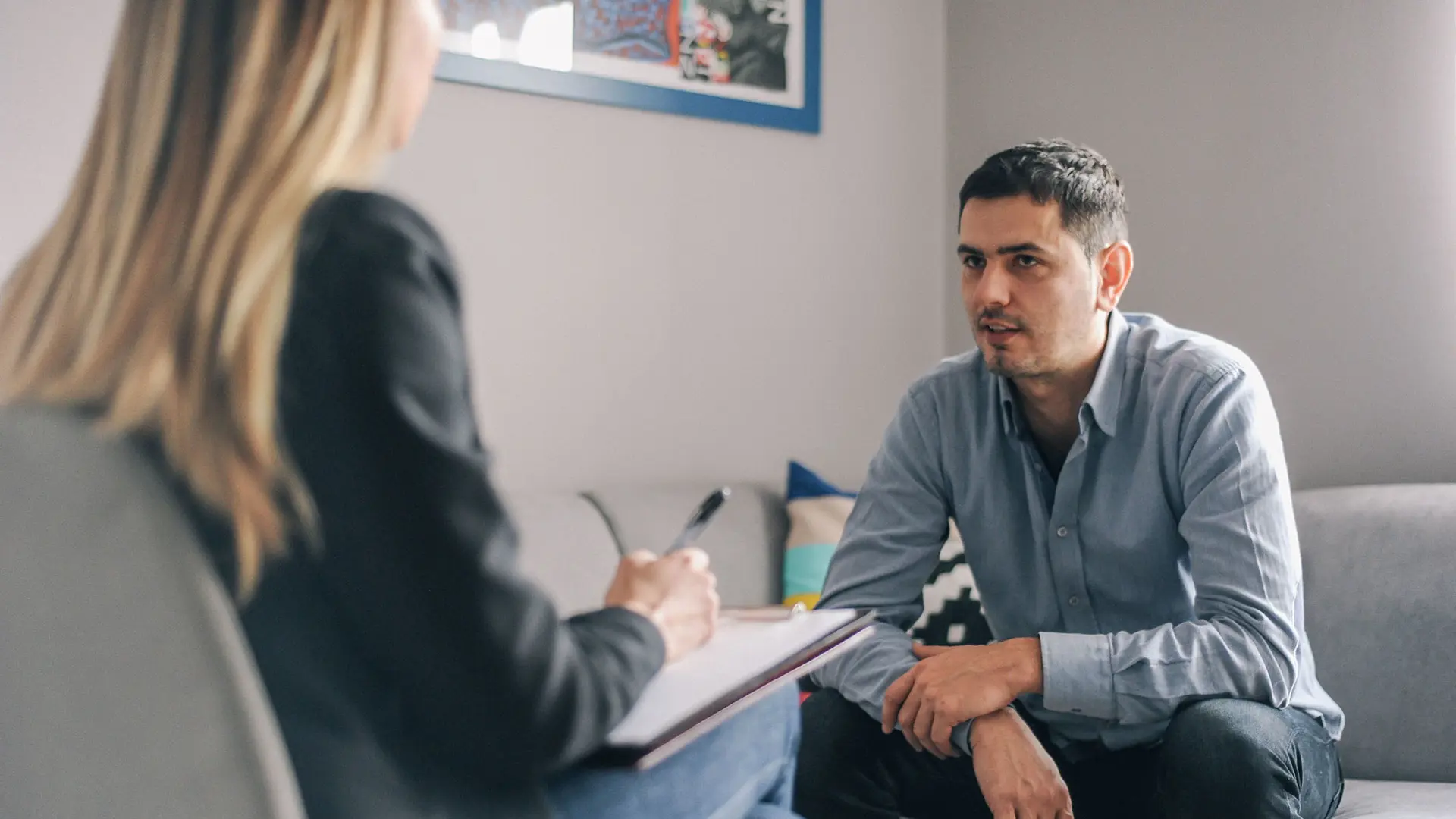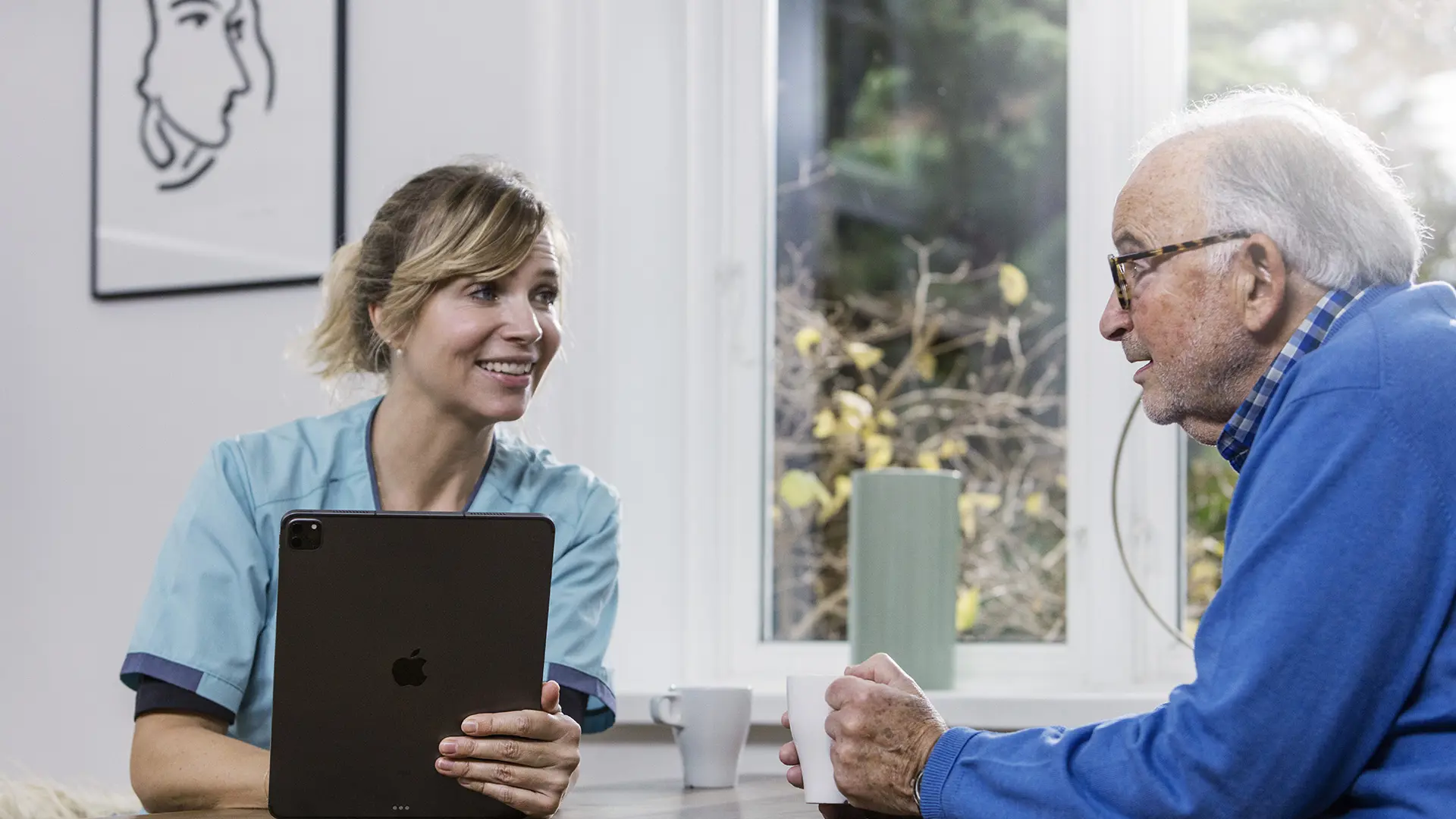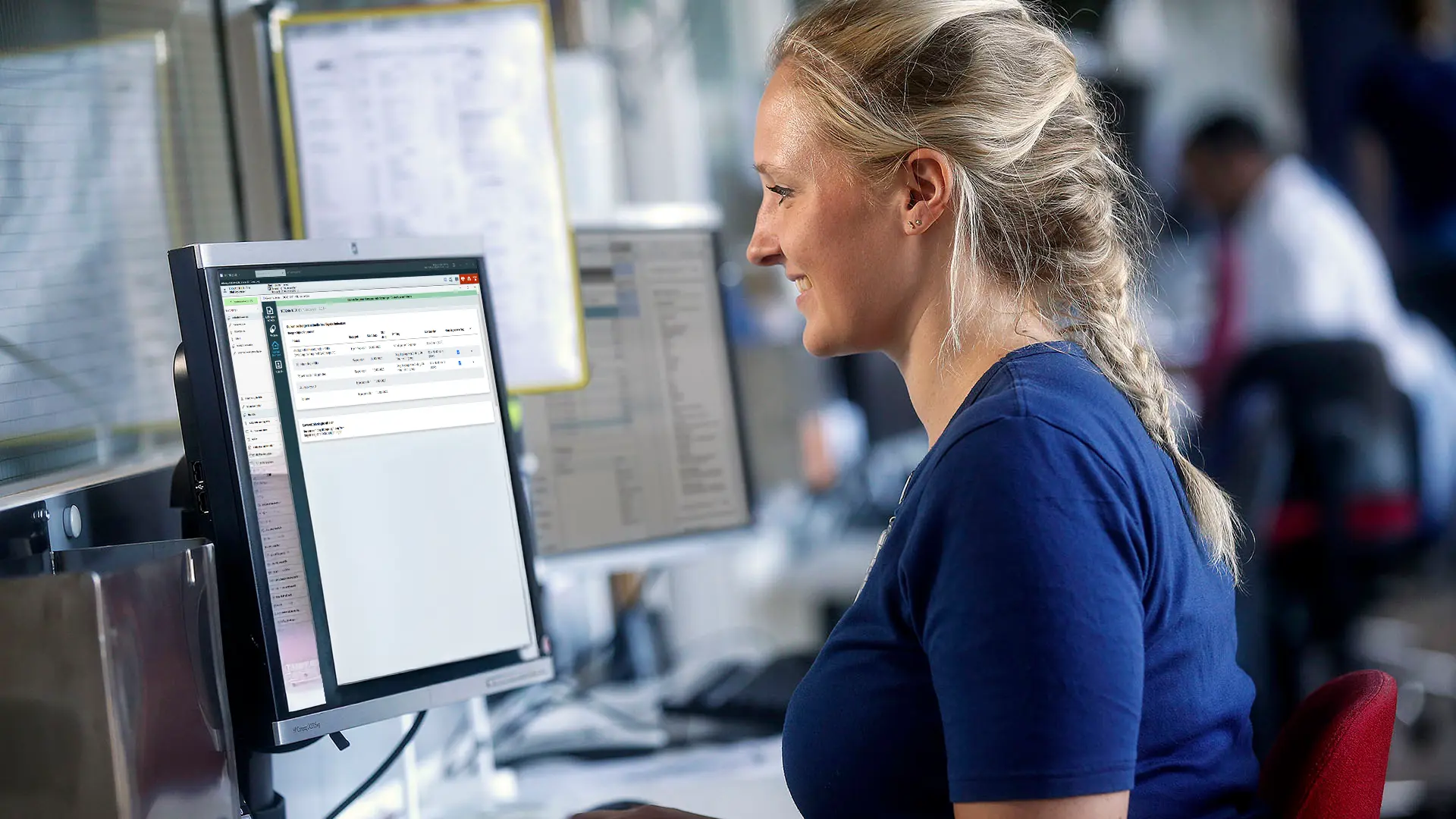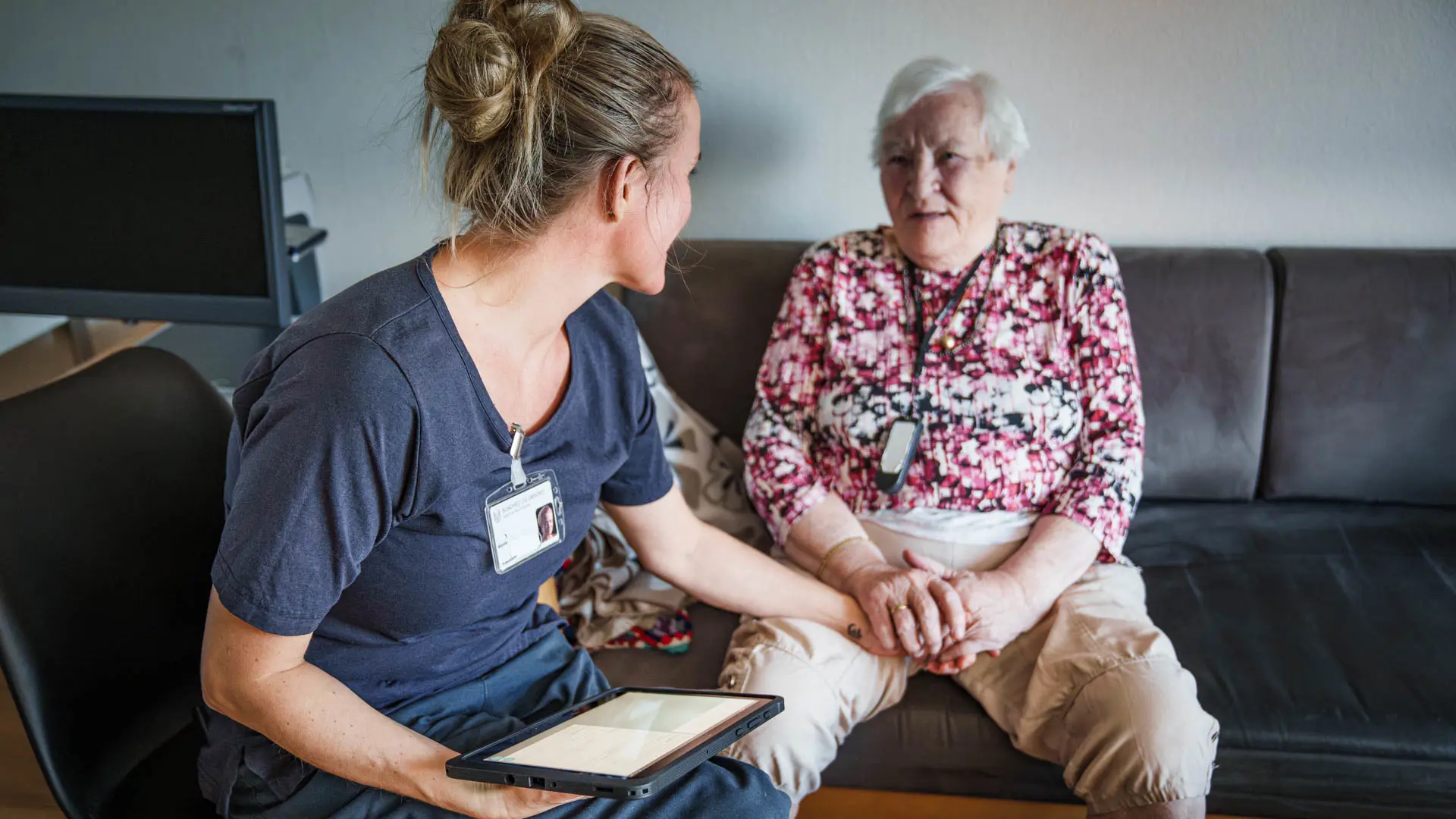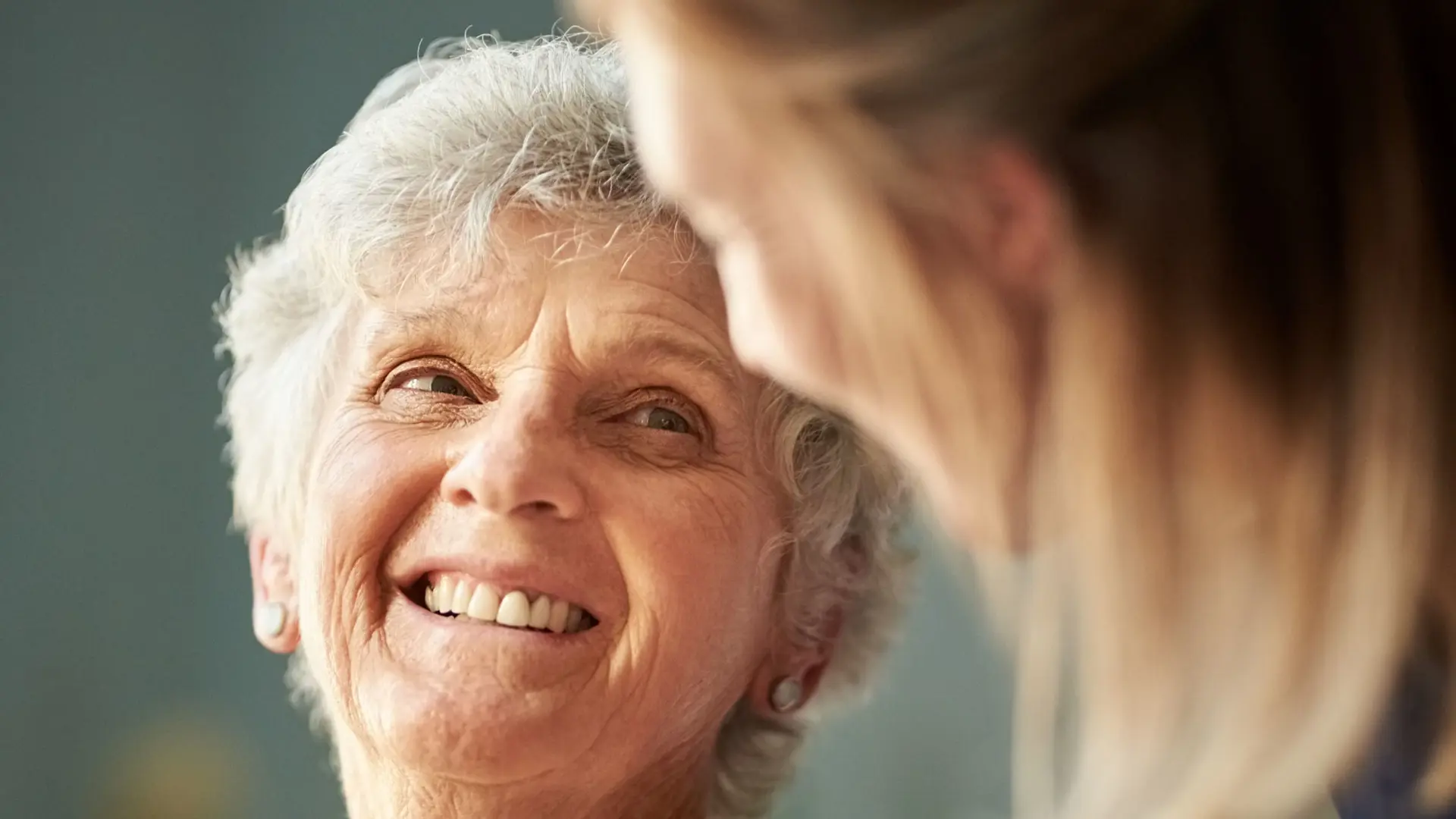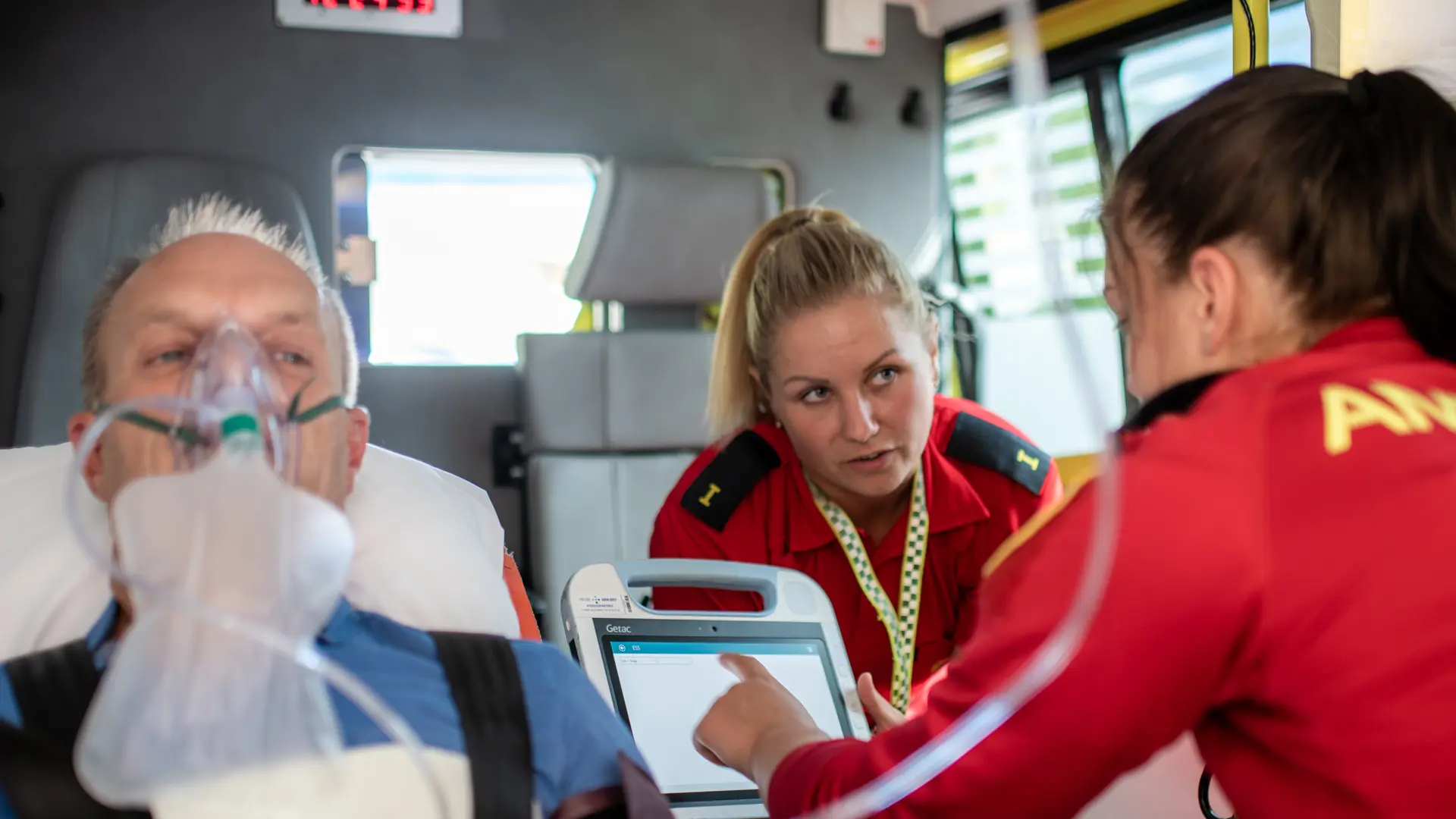Cura module helps the City of Aarhus with its growing need for assistive devices
More ‘ageing in place’ in the City of Aarhus is placing greater demands on assistive devices such as beds and wheelchairs. To relieve the growing workload, Systematic and the municipality have together developed and implemented the IT system Columna Cura Aid to great effect.
There is a growing need at the moment for assistive devices in the City of Aarhus as more and more citizens continue living in their own homes for longer – so-called ‘ageing in place’. Over the past two years, the level of activity at the City of Aarhus’s assistive devices depot has increased by 12%. In other words, the employees have to handle 12% more loans, deliveries, repairs, preparation work and cleaning. In the past 12 months, the employees have, for example, delivered 3,000 beds to citizens in Aarhus and brought them back again. It is demanding more and more of the City of Aarhus’s assistive devices depot – both the physical surroundings and also the actual handling of the devices.
“We’re not having to deal with new types of tasks, rather the number of existing tasks has increased. This obviously wouldn’t be possible without an assistive IT,” says Henrik Krabbe Korsgaard, operations manager at the City of Aarhus’s assistive aids service.
The City of Aarhus has been using Systematic’s assistive device solution Columna Cura Aid since 2020. The municipality has been helping with the design of the solution from the outset, and has also helped implement ongoing improvements. Henrik Krabbe Korsgaard has been involved from the start, and has played a key role in making Cura Aid an integrated part of the City of Aarhus’s assistive aid depot.
“Cura Aid has made our work significantly easier. With this IT system, we are also geared for future growth,” he says, referring to the fact that the number of citizens, assistive devices and employees are all increasing.
Supports ageing in place
“We’re delighted with the City of Aarhus’s experience with Cura Aid, which shows that it’s possible to reduce the number of traditionally labour-intensive workflows associated with handling assistive devices. Cura Aid is helping to address some of the key issues facing us as a society today, where more elderly people are able to continue living at home for longer thanks to the assistive devices available, and where the devices can help relieve the problems resulting from the shortage of qualified labour.
As long as you’re living in your own home rather than being admitted to hospital or staying at a nursing home, the citizen still has a say in how they live. Moreover, a citizen in hospital or a nursing home is an expensive citizen compared to citizens living in their own homes. The Robustness Commission talks about ‘digital and technological first’, and in this respect Aarhus is already well on the way with Cura Aid,” says Martin Pekruhn, Product Owner, Columna Cura Aid.
New workflows
Henrik Krabbe Korsgaard highlights in particular the benefits of workflows which have either been discontinued or changed after implementing Cura Aid:
“When you buy something online, you get a tracking number. This system also generates tracking numbers, which is a first for a municipal assistive devices system. Now, the requisitioner is able to see that the bed has been delivered by following live and registering when the task is complete.
The system also helps to weed out human error, there are no papers to lose – and it has become significantly harder to make mistakes. Soon, we will start extensive internal monitoring of the system, and the reliability of supply has improved, which is very important.”
The Cura Aid solution ensures particularly efficient workflows, which means that one employee can solve several tasks, on top of which the workflows are no longer paper-based but purely digital – which is exactly what the Danish Robustness Commission recommends as a way of freeing up more time for core tasks.
For Henrik Krabbe Korsgaard, another big advantage of Cura Aid is that it can show him and management how resources are being deployed.
“If we have to deliver a bed in Aarhus, there are very few homes where people sleep on the ground floor. In such cases, the bed therefore has to be dismantled and carried upstairs by two employees. With the IT system, I can now show management why I need an extra employee,” he says.
The City of Aarhus’s assistive devices service has more than 87,500 devices on loan at about 15,700 addresses.
Latest news
We are happy to share what we do. You can find our latest news here or browse through all of our healthcare news by clicking the button below.

